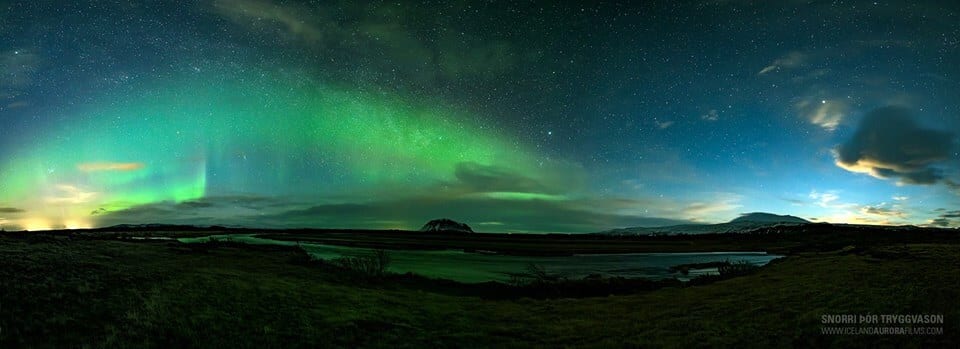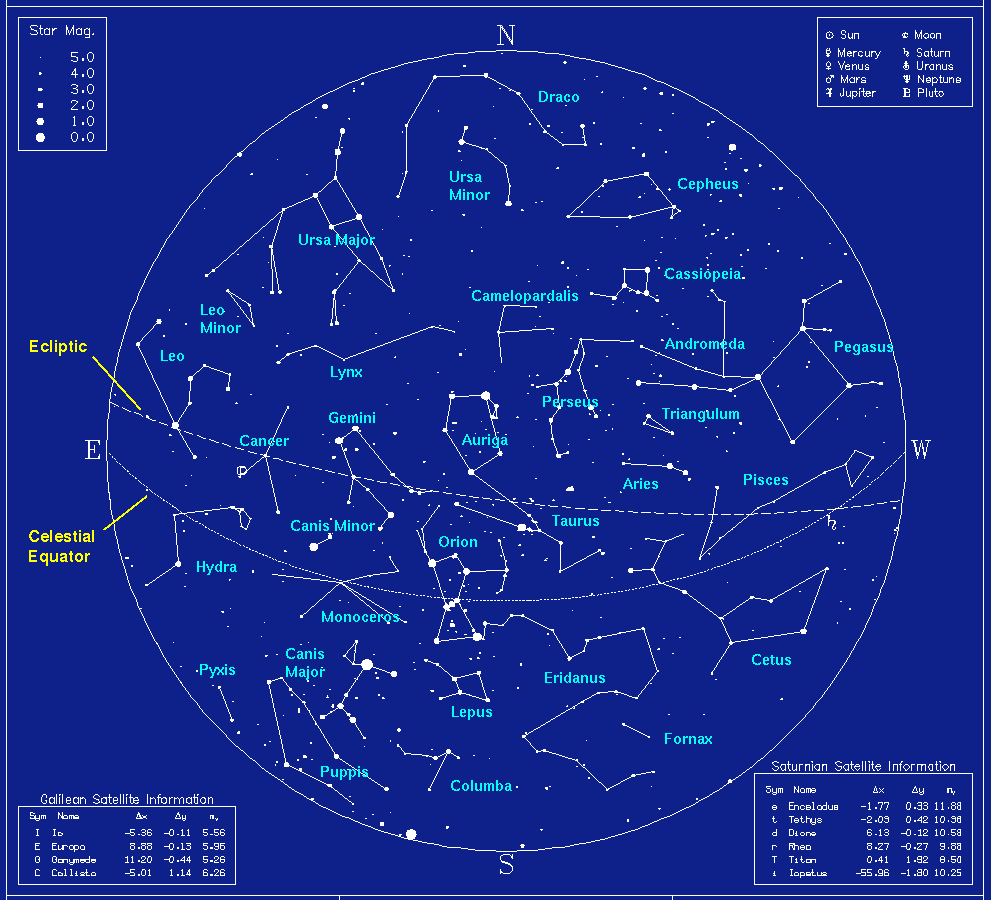One of the best parts about coming to Iceland is the crisp and clean air. This not only allows you to breathe a bit easier during your stay, but it makes for stargazing even better than normally good conditions. There’s few memories in my all of my travels that can compare to nights stargazing in Iceland. It’s a bucket list item I’ve happily checked off.
In February, I spent some time in north Iceland, near Mývatn. True winter, winter “north of the wall,” is a whole different beast. I think it’s impossible to say you’ve really visited this country without experiencing it at least once. There’s something absolutely otherworldly about it.
If you’re a space nerd and have dreamed about what it would feel like to spend a night on Ceres, the closest dwarf planet to the sun, then this is for you. Here’s your step by step guide to the best chances of seeing the stars:
1. Check the upcoming solstices, equinoxes, and forecast for meteor showers. Anything interesting happening in the universe tonight?
2. Watch the weather forecast. Generally speaking, stargazing will be good on any night where cloud coverage is forecasted below 30%. Cloud type and height are also worth noting. Strato-clouds can cause big, blanketed obstruction to your view.
Find the Icelandic weather forecast here (english option available), and aurora forecast here.
3. Find your spot. The location should definitely be outside of the Reykjavik capitol area. Drive 10 minutes away from any town you’re in. Light pollution is stargazing’s biggest enemy. In north Iceland and the highlands, it’s pretty easy.
Your spot should also be where you can camp out for a few hours. Make sure the van is safely off the road where no bright headlights will be messing with your vision.

4. Gear up! I recommend bringing the following:
- a good friend, maybe one with a good taste in music?
- blankets, a yoga mat, or some of our chairs
- warm clothes, fuzzy socks, ya know. the good fluffy stuff.
- binoculars: even an inexpensive pair is good for getting a better picture of the moon and Jupiter
- star map references (see step 5 for more detail)
- hot chocolate, coffee, or tea in a happy campers press (Free!)
5. Map the universe- there are many apps and sites out there to help you translate the night sky, but the tools I recommend are:

6. Wait! Be patient with mother nature, she’s a fickle queen. Stick it out for at least an hour or two if you haven’t seen anything. 5 points if you find your horoscope. 10 points if you can point out a constellation without looking it up. 20 points if you see a shooting star. 1,000 points if you spot the ever-elusive Mercury.
An additional suggestion, don’t buy a telescope. Don’t even borrow one for your first trip. It will be a waste of your time trying to learn how to use it, and you’ll be missing the many things that you can see using just your eyes and possibly a pair of inexpensive binoculars.
If all else fails, you can watch amazing time lapse videos like these:
Ready to camp under the stars in Iceland?
Happy, star-filled camping!
MichaelSome of Michael’s other posts include:
Follow my adventures with Happy Campers on Instagram here. If you want to follow along with my personal adventures in Iceland, follow me on Instagram @michael.ryan.mc or on Snapchat under @mmccarey.
Back